Humans are story-making animals. We have a story for everything, and many, many stories for the same things, depending on where and with whom we found ourselves when we arrived in this life. Our tales explain where we came from, how we got here, why we’re here at all, how to behave now that we are here. As science expands our knowledge of how the universe, and our tiny piece of it, came into being, how our DNA links us, how we migrated out of Africa, we create new stories, layering evidence on metaphor, while still cherishing the old and familiar ones.
Easter connects me to many stories, especially those of my childhood tradition of Catholicism, where the ancient lore of fertility goddesses, ushering in light and renewed growth, became entwined with the story of Jesus of Nazareth, whose last days were embedded in the story of the Passover, which was in turn embedded in the story of how a tribe became a nation, one of thousands of stories about how tribes cohered, and how that made them special in the eyes of their gods.
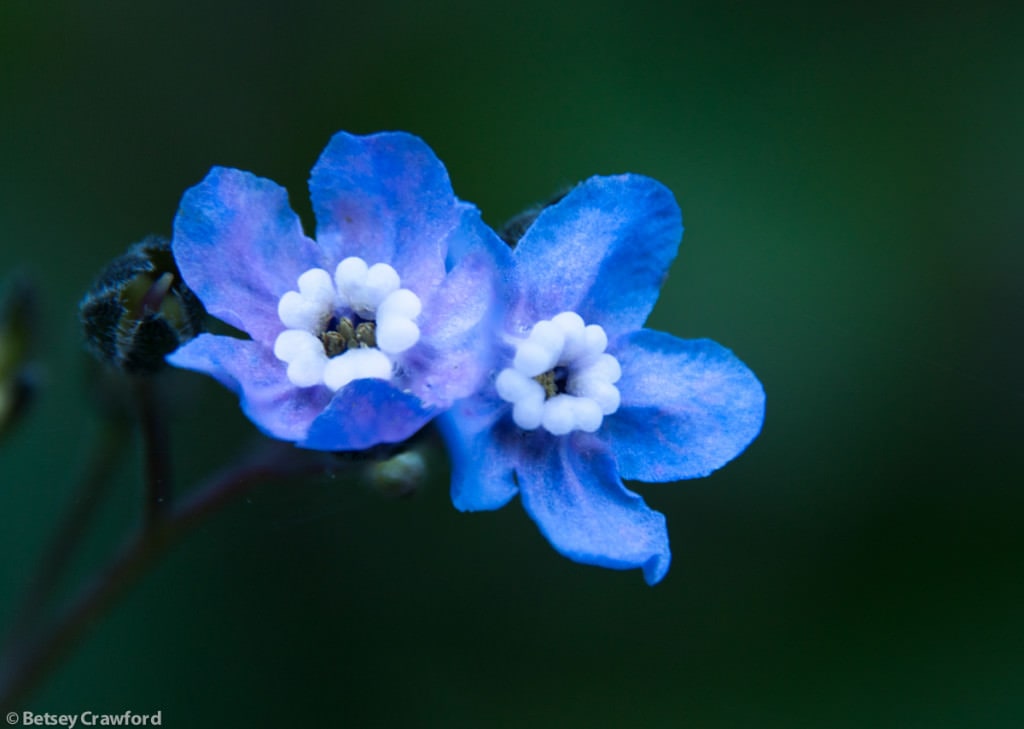
The Easter stories of death and resurrection, and their ties to the seasonal changes from birth to fruition to death to rebirth, go back to our earliest records: those on the cuneiform tablets of ancient Sumer. Inanna, Queen of the World in the Sumerian pantheon, traveled to the underworld, was stripped of her clothing, tortured, and crucified, while the world above shriveled in response. Though she was rescued in three days, her ordeal was just the beginning of a journey to explore the mysteries of death and rebirth.
The embodiment of the planet Venus, Inanna became the Babylonian Ishtar, and in turn the Canaanite Astarte. Her spirit eventually metamorphosed into the Greek Aphrodite, the Roman Venus, perhaps the Germanic Eostre, who may or may not have presided over the celebration that bears her name. The lineages are not pure and direct; many stories and energies are merged and scattered among them, and traits are bestowed and then changed. Ishtar was also the goddess of war. By Aphrodite’s time that title belonged to Ares, and Hera had become the queen of the Greek pantheon.
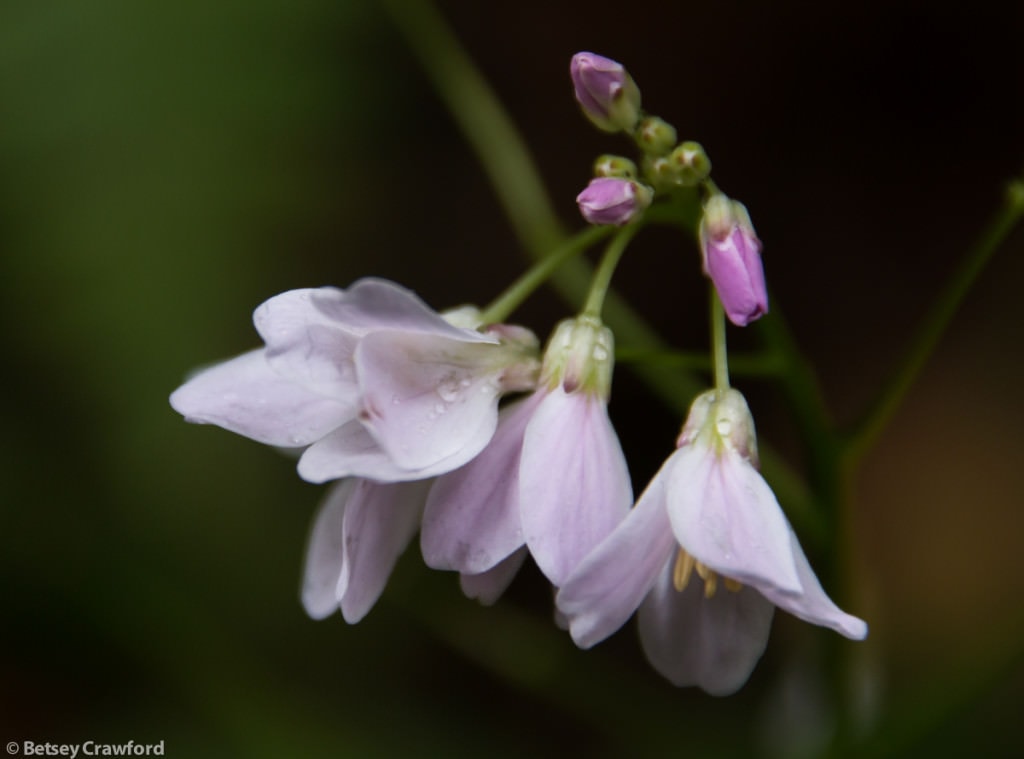
The hints we have of Eostre don’t suggest the mighty energies of Inanna. She is most likely representative of any number of fertility goddesses, bringing with them light and fecundity, heralding the spring avalanche of green growth, renewing the promise of survival. She may be related to Eos, the Greek goddess of the dawn. The etymology of the word Easter is traced through the Proto-Germanic word for dawn, ‘austron-,’ but is only used in German and English. Most other European languages derive their word for Easter from paschas, or passover.
I love all of this: the layers of meaning, the tellings and retellings of the same basic human tales, the bequeathing of characters from one civilization or culture to another. These interweavings speak of the depths of our connection to other human beings, even those living many thousands of years ago. To me, it doesn’t challenge the Christian beliefs in the teachings of a holy man named Jesus to know that his story was couched in literary structures inherited from venerated traditions. The idea that our great narratives are echoes of more ancient ones isn’t a limitation to me. It’s a sign of the universality of our fears, our longings, our loves.
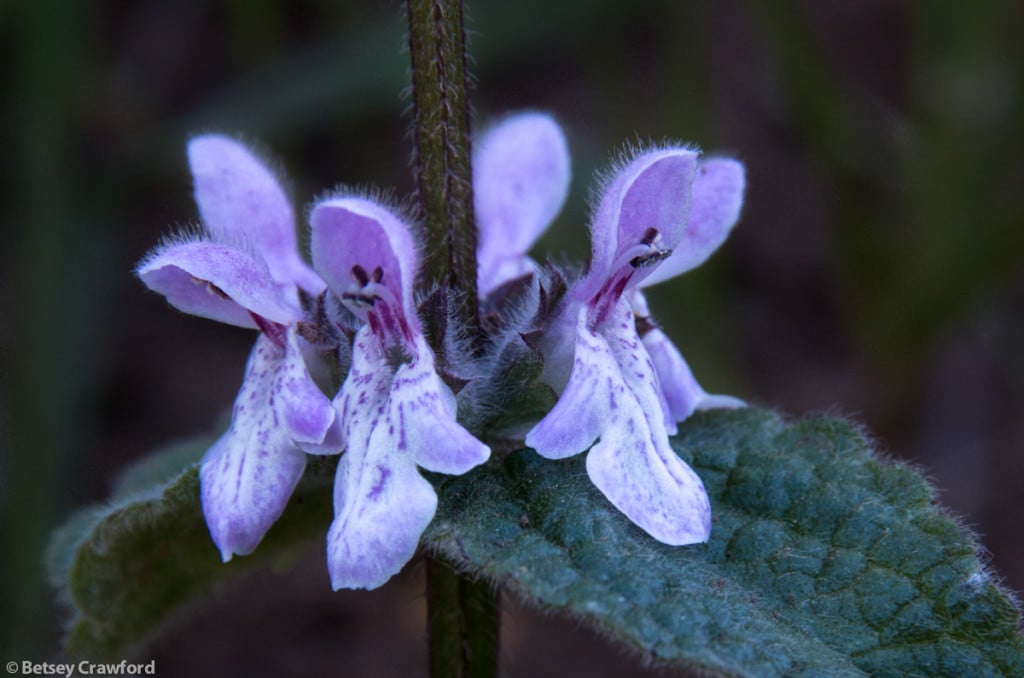
Our stories provide us with energy and motivation. They place our feet on the ground of our culture. They entertain and explain and nourish. But our love of story also has a long history of darkness. There has been a lot of carnage over whose story is the ‘real’ one, and many stories to justify the mayhem: that one group is chosen and another not, that we can never have enough, that the earth is ours to use up, that my story justifies killing people with a different one. A narrative can burn a forest, enslave a people, destroy a planet. So often it’s only after protracted battles that we wearily sit down and listen to the shared longing under the destruction: I want to be safe. I want to be loved. I’m afraid of my vulnerability. I want the comfort of abundance. I’m afraid of death. I want my life to be meaningful. I want my children to be happy. I want the light to return after a stretch of darkness.

One of the reasons I am so drawn to Thomas Berry’s work is his call for a new story. His is a way to see the world around us, and including us, not as an accidental cascade of carbon atoms, but as a constantly evolving expression of enormous creative power. We are not the end result, beings perched on a planet put here for our disposal. We are one of many, many manifestations of this continual, billions-year-old generativity, beings emerged from the earth itself. Related by the very elements of our cells to all the other forms that have developed with us. Connected in the most profound way to the living landscapes we walk among.
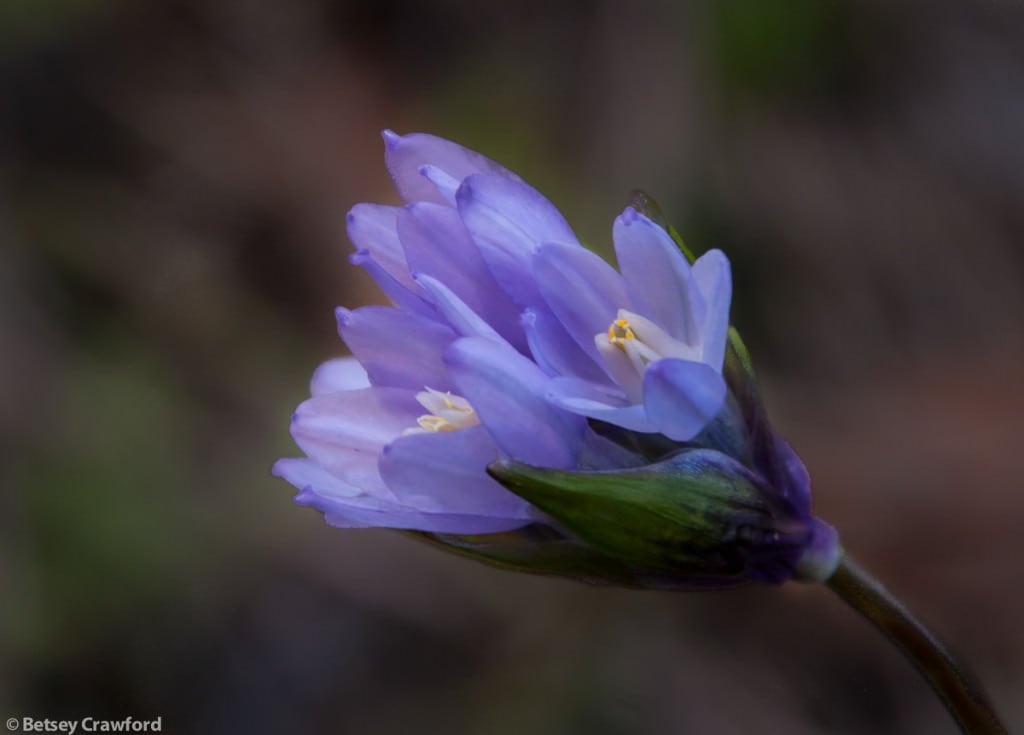
Though Berry’s universe story is grounded in the advancing science of the history of the cosmos, he saw its connection to many indigenous creation stories, where beings — animal, plant, rock — rise from the soil of their sacred places. Not long ago, we were all indigenous to a place we held sacred, and when I was tiny I lived for a while in a place that rooted me to the earth. But later, hunting Easter eggs in suburban New York in the 1950’s, that deep connection was more elusive. I sensed it in my love of the wind, of the violets growing in the cracks of a rough patch of sidewalk, the smell of our neighbor’s lilacs. I felt it in the tunnel my father cut through a massive tangle of honeysuckle, allowing us a home among the branches and roots. I once sat in awe at a mysterious jack-in-the-pulpit that showed up in the tiny woodland separating our house from our neighbor. These wisps were among the many threads of love and longing that Berry’s message wove together for me, connecting me to a story that places my feet and my heart securely on the planet that created me.
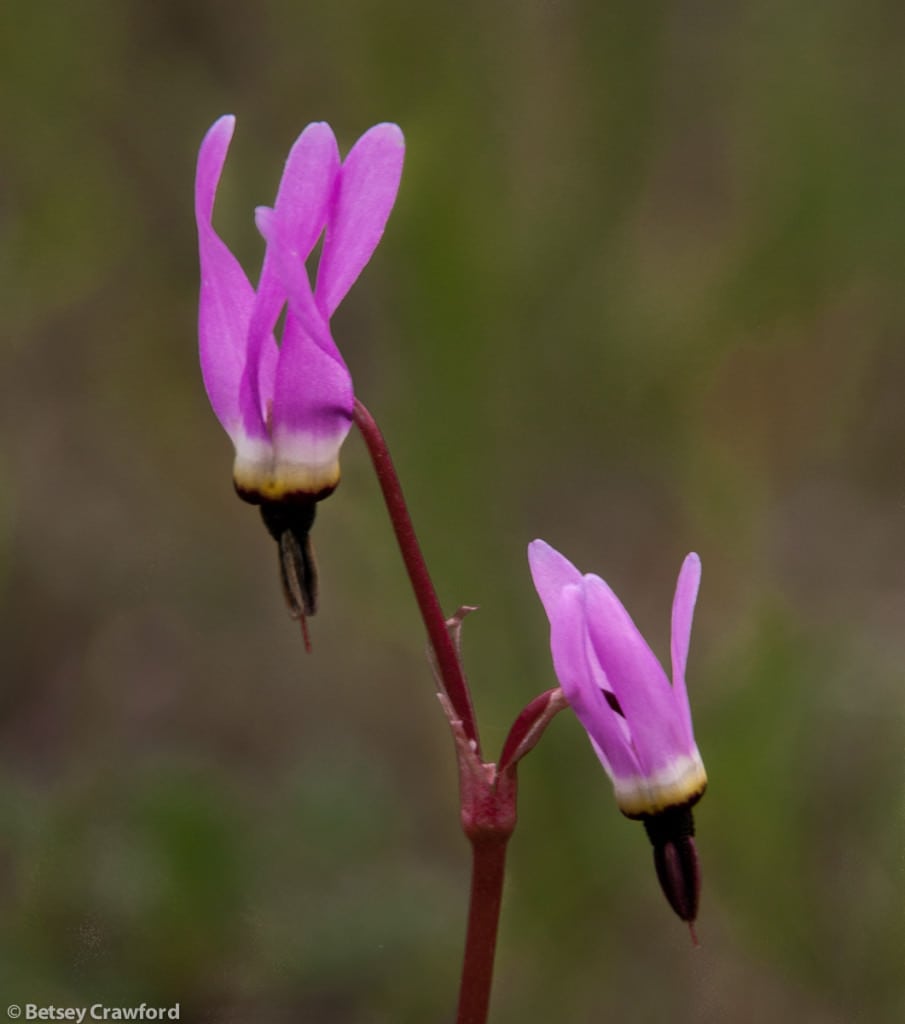
I’d love to have you on the journey! If you add your email address, I’ll send you notices of new adventures.[madmimi id=178565]
Related posts:
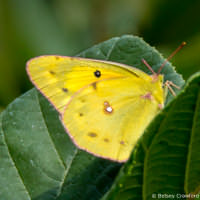
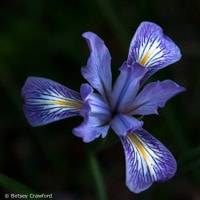
the headlands
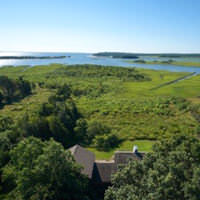
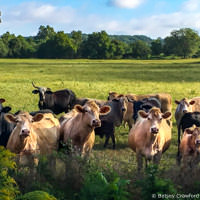

Thank You for your journey and writings
I am a teacher in China. I stumbled across your website looking for information to discuss with some of my students about Easter across the world. Your way of writing is beautiful and has inspired me to study more about these figures throughout history and also humbled me with how soulfully you write. I wanted to say thank you very much for this
Thank you so much, Hua. I love inspiring teachers! It’s such a pleasure to hear from you.
An explosion of beauty and life… Easter, Eostre, Ishtar… All from the “desert”…
Oh, I did gasp with joy when I saw this first thing this morning!
MLAA, and more..
It’s amazing how much of our early human history was tied to the desert in one way and another. Thank you for your gorgeous reaction!
Hi Betsey
Thank You once again for sharing your magnificent work. My heart skips a beat whenever I see a new post in my inbox!
Thank you so much, Elena. What a beautiful thing to say!
“Humans are story-making animals.’
I love this and your photography is wonderful!
Thank you, Betsey!
Thank you, in turn, my dear, you who are telling wonderful stories.